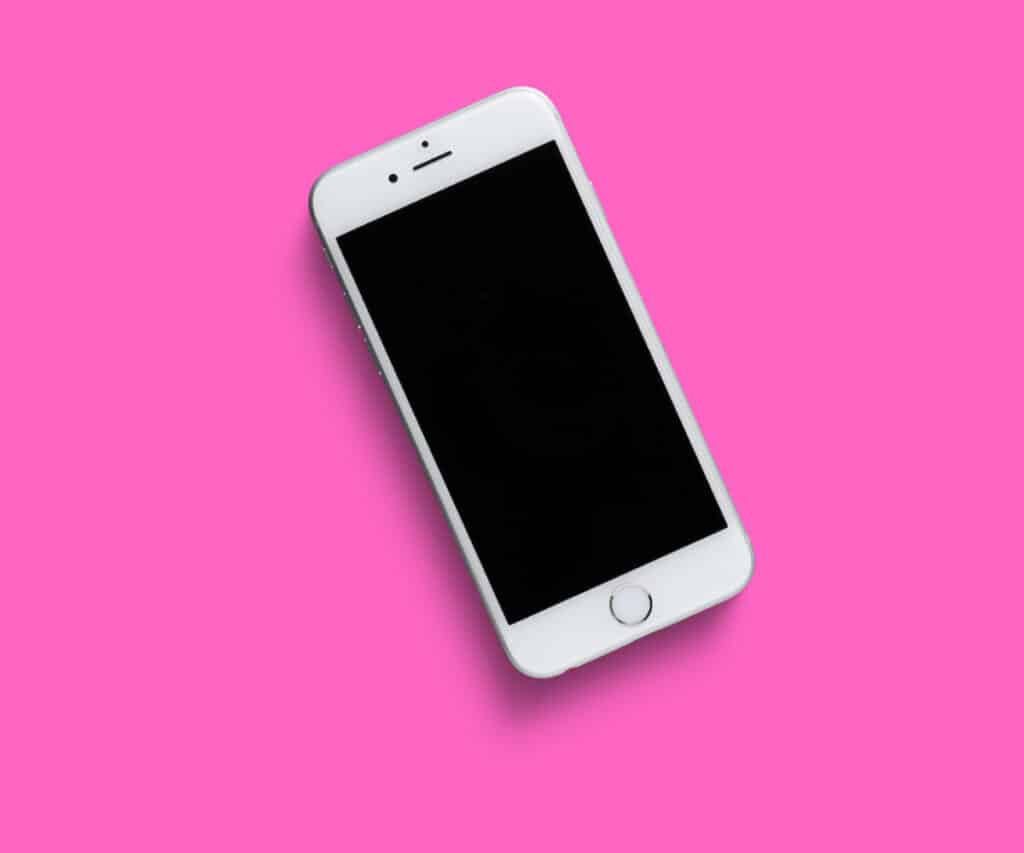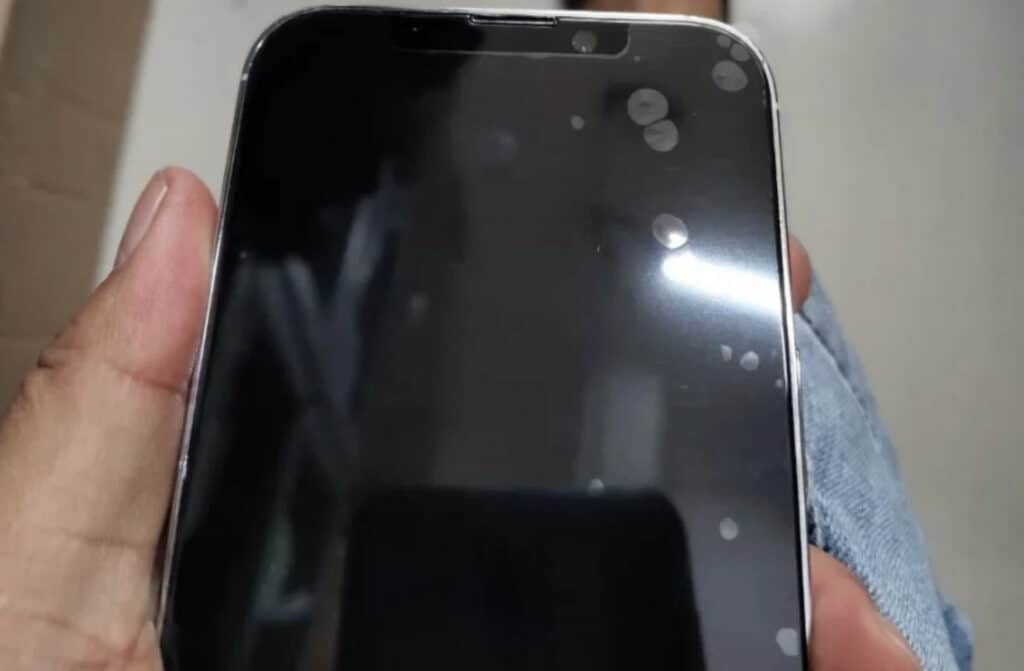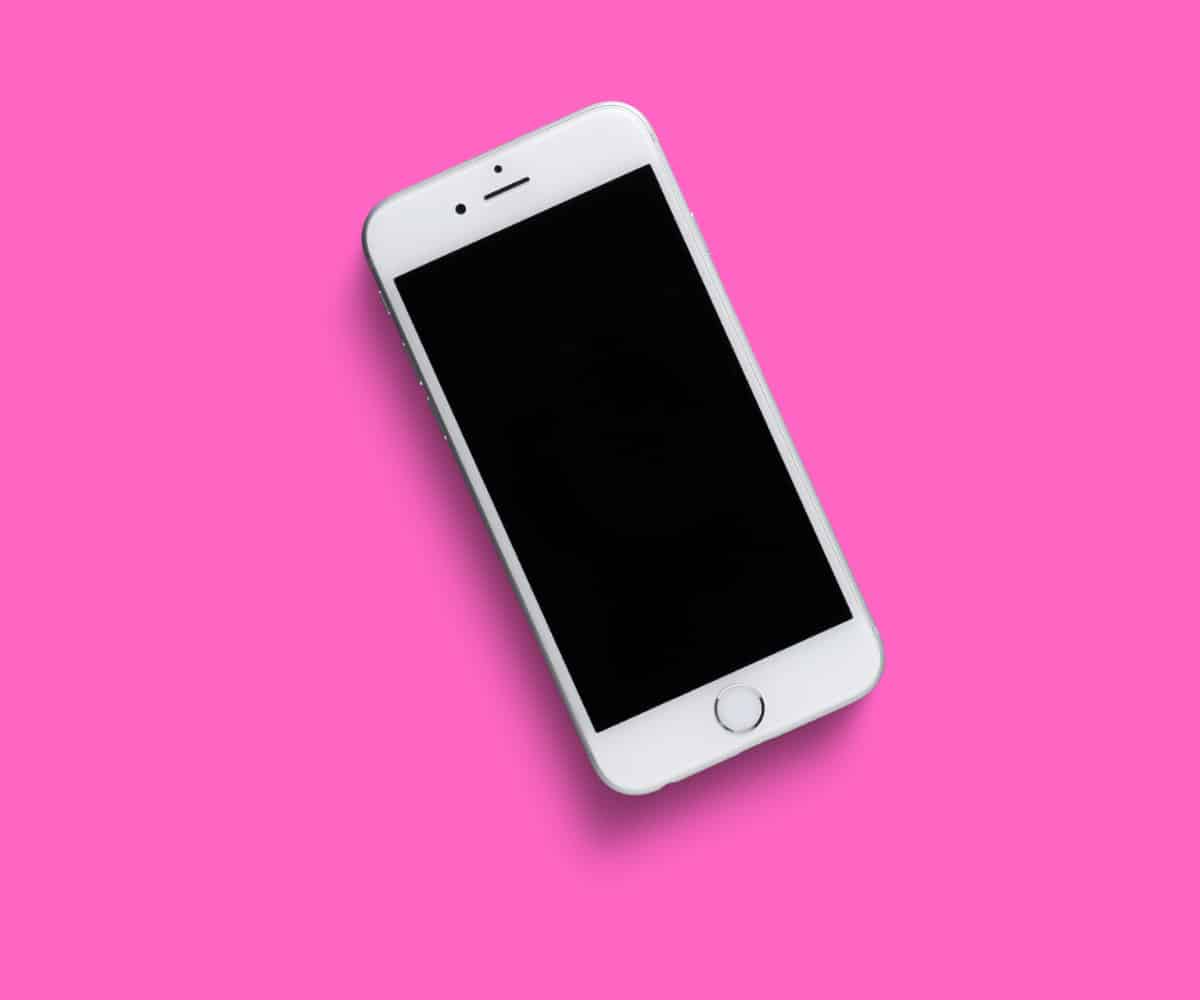Yes, there’s a way to make your iPhone not go to sleep…
Wondering how to stop iPhone from sleeping? It’s a common question people have because at times the iPhone sleeping can be very annoying.
An example of this is when you have your iPhone on your desk and are clanging at it to follow the conversation in, say, Slack, for example. The problem is, after a few minutes, the iPhone’s screen will dim and then finally go blank – meaning the iPhone has entered locked mode (other people refer to this as sleeping.
The good news is you can disable auto-sleep/auto0lock mode. However, there are some reasons that you may not want to. Let’s look at everything you need to know.

What Is iPhone Sleep Mode?
There’s actually no such thing as “sleep mode” on the iPhone. When people say their iPhone goes to sleep, what they really mean is it enters auto-lock mode after a set time of inactivity. This inactivity is when you don’t tap the screen in a certain amount of time.
Auto-lock mode is usually set to engage after 2 minutes of inactivity, but this can vary.
What’s The Point Of Auto-Lock Mode?
Auto-lock mode is actually a good thing – even though some people find it occasionally annoying. Auto-lock mode has two main functions:
Keeping your iPhone secure: the big point of auto-lock mode is that it keeps your iPhone secure because it automatically locks your iPhone after a set amount of time. This means you don’t have to manually lock your iPhone – and that’s a good thing because some people would forget to do so. By automatically locking your phone, it ensures no one can access the content of your iPhone if you left it somewhere unlocked.
Saving battery life: the biggest battery drain on the iPhone is the screen. When the screen is on, your iPhone is burning through the battery. When auto-lock engages, it first dims the screen, and then it shuts it off altogether. If it were not for auto-lock you could unlock your phone once, walk away from it to do something else and come back 5 hours later realizing you barely have any battery left because the screen has been on the whole time.

Why Does Auto-Lock Annoy Some People?
While auto-lock is a net good, it still annoys people occasionally. This is usually because they want to be reading something on the iPhone’s screen (maybe information on a web page) while also having their hands busy doing something else.
For example, if a student is at their iMac writing a paper, their hands will be busy typing, but they might be glancing at their iPhone screen because they have a webpage open on it with the information they need to reference.
But if they don’t touch the screen every so often (usually once in a couple of minutes), the screen will dim and shut off.
How To Adjust Auto-Lock On iPhone
Thankfully, iOS allows you to change the length of time auto-lock engages in. By default, the time is usually set to 2 minutes. However, you can make it much longer or even disable auto-lock altogether. Here’s how:
- Open the Settings app.
- Tap Display & Brightness.
- Tap Auto-Lock.
- On the Auto-Lock screen, you can set your iPhone to auto-lock after 30 seconds or 1, 2, 3, 4, or 5 minutes. You can also set it to never auto-lock. Tap your preferred time period.
Just note that if auto-lock annoys you, it may be tempting to set your iPhone to never auto-lock, but just keep in mind this will make your iPhone potentially less secure and may lead to battery drainage that is faster than normal.
And check out:
- How To Turn WhatsApp Read Receipts On And Off
- iPhone Legacy Contacts: How To Use Digital Legacy
- How To Download HBO Max Videos (Movies & TV Shows)
- What You Need To Know About Fixing Your iPhone!
- Does Apple Have A Metaverse?
- Android AirTag Tracker: How To Find AirTags With Your Android
- What Are Limited Edition AirPods?
- What Will Apple Release In 2022?
- What Does The “i” In iOS Stand For?
- How Do I Edit Memoji? Like This!
- Is iCloud+ Worth It? My 2 Cents…
- How To Stop Apple Watch Vibrating
- How To Add One App to More Than One iPhone Home Screen!


